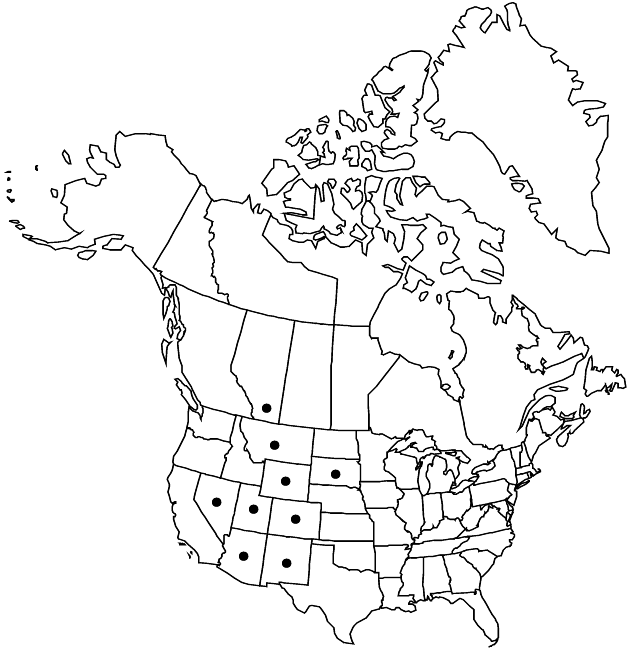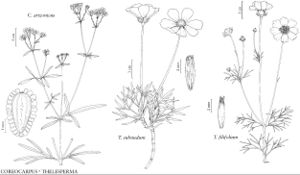Difference between revisions of "Thelesperma subnudum"
Proc. Amer. Acad. Arts 10: 72. 1874.
FNA>Volume Importer |
imported>Volume Importer |
||
| Line 6: | Line 6: | ||
|place=10: 72. 1874 | |place=10: 72. 1874 | ||
|year=1874 | |year=1874 | ||
| + | }} | ||
| + | |special_status={{Treatment/ID/Special_status | ||
| + | |code=F | ||
| + | |label=Illustrated | ||
| + | }}{{Treatment/ID/Special_status | ||
| + | |code=E | ||
| + | |label=Endemic | ||
}} | }} | ||
|basionyms= | |basionyms= | ||
| Line 77: | Line 84: | ||
|publication title=Proc. Amer. Acad. Arts | |publication title=Proc. Amer. Acad. Arts | ||
|publication year=1874 | |publication year=1874 | ||
| − | |special status= | + | |special status=Illustrated;Endemic |
| − | |source xml=https:// | + | |source xml=https://bibilujan@bitbucket.org/aafc-mbb/fna-data-curation.git/src/bb6b7e3a7de7d3b7888a1ad48c7fd8f5c722d8d6/coarse_grained_fna_xml/V19-20-21/V21_493.xml |
|tribe=Asteraceae tribe Heliantheae | |tribe=Asteraceae tribe Heliantheae | ||
|subtribe=Asteraceae (tribe Heliantheae) subtribe Coreopsidinae | |subtribe=Asteraceae (tribe Heliantheae) subtribe Coreopsidinae | ||
Revision as of 20:59, 27 May 2020
Perennials, 10–30(–40+) cm (caudices often woody). Cauline leaves mostly crowded over proximal 1/4(–1/2) of plant heights, internodes mostly 1–5(–35 mm); lobes mostly oblanceolate to linear, (5–)10–35(–45+) × (1–)2–3(–5) mm. Calyculi of 7–9 deltate to lance-linear bractlets 2–4+ mm. Ray florets 0, or 8; laminae yellow, (6–)12–20+ mm. Disc corollas yellow, sometimes with red-brown nerves, throats equal to or longer than lobes. Cypselae 5–7 mm; pappi usually 0, rarely 0.1–0.5 mm. 2n = 22, 24.
Phenology: Flowering May–Sep.
Habitat: Openings in pinyon/juniper or yellow-pine forests, often on talus or "balds"
Elevation: 1000–2900 m
Distribution

Alta., Ariz., Colo., Mont., Nev., N.Mex., N.Dak., Utah, Wyo.
Discussion
As here circumscribed, Thelesperma subnudum includes plants that have been treated as distinct species and/or varieties (some of which have been treated as of conservation concern). See C. J. Hansen et al. (2002) for an alternate interpretation of T. subnudum.
Selected References
None.
